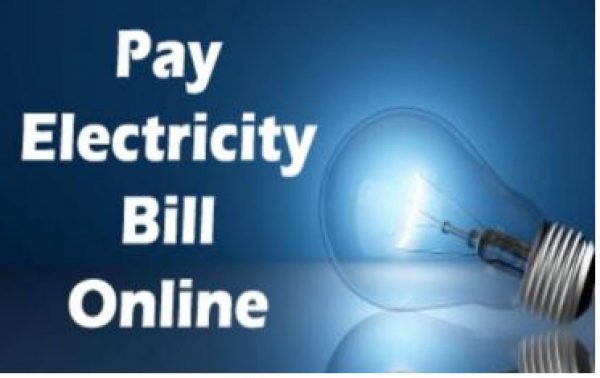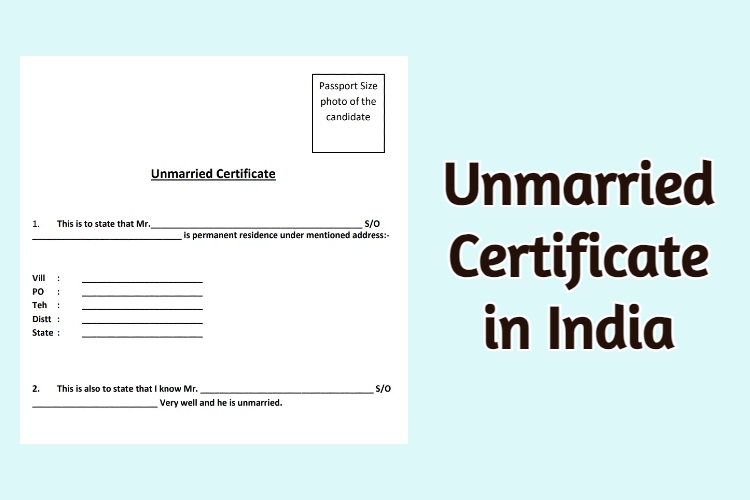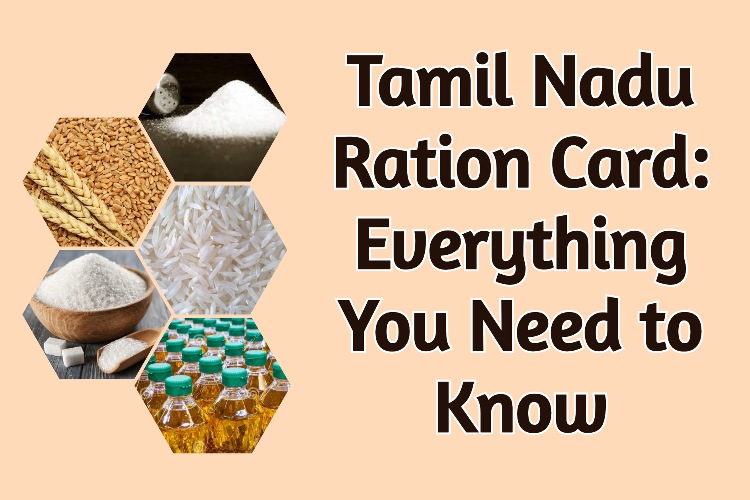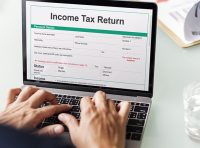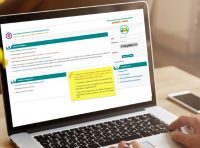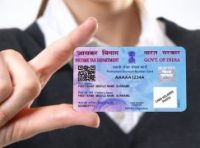Electricity is one of the most important commodities possibly known to man. Today, all our progress, all our technological advancements, could be attributed to electricity and our ability to mold it to our benefit.
All our appliances are considered to be useless if we do not have electricity to run them on. Appliances make our lives infinitely easier and therefore, electricity is crucial for us to go about our day as usual.
There are various state-run enterprises that provide electricity to consumers. As customers, we ought to know how much of electricity we are consuming and the tariffs charged on the consumption of it.
What does your electricity bill ideally comprise of?
It is important for us to know what does the electricity bill have on it. This will not only give us an understanding of how much we owe the electricity company, but also how much have we consumed and how we can possibly aim to reduce the consumption of energy.
Your basic electricity bill will have the following components:
- Tariff: when you receive an electricity bill, there are two things you need to look at – the tariff charged and the category under which it has been charged. There are two basic types of tariff code – Low tension (LT) and High Tension (HT). LT codes are usually used for personal use, housing connections, etc. HT codes are those that are used for larger industries and complexes.
- Category: when you check the category out, it will give you deeper insights about your electricity bill. You must check the category under which your connection falls. You must check if your connection category is residential, industrial, or commercial.
On the basis of your tariffs and category, your electricity bill is generated. It is therefore your responsibility to always check your tariff and category to avoid any discrepancies and save yourself from paying money you should not be paying. - Units consumed: every time you turn a switch on in your house, your electrical appliance is consuming electrical units. Now there obviously will be a certain amount of units consumed, but knowing how many units you consumed gives you an understanding of how your bill has been generated. Consider, for example, if you keep a 100-watt bulb on for 10 hours, then there will be a consumption of 1KWH (kilo-watt per hour). The final calculation of total units consumed is done on the basis of your electricity consumption or unit consumption. The lesser is the unit consumed, the lower will be your electricity bill. You also have to factor in that different appliances consume electricity differently. Your electricity bill is likely to go high during the summers as your usage of the Air conditioner increases, and an air conditioner is a heavy unit-consuming appliance.
- The total load connected and types of supplies: Connected load basically is the total supply provided to the meter where the unit is in KWH. The connection load also tells you if the connection will be a single or a three-phase connection. If your connection supply will be of three phases if the load is higher.
- Fuel adjustment Charge or FACs: FAC essentially is the extra cost of power which you get billed for, due to an increase in fuel prices. Since the fuel most commonly used is coal, the production of coal over an extended period is likely to decrease, which means that the FAC will, year after year, steadily increase.
Your charges deconstructed
Your electricity bill comes with charges specified under specific categories. Now that you know of those categories, it would be easier for you to understand the charges and why you have been charged that way.
- Tariff structure: the tariff structure is determining the rate at which the unit consumed is chargeable. It is an indicator of how much the rates have increased depending upon the increase in consumption
- Fuel surcharge: the cost of electricity generation may vary on a monthly basis even though the tariff structure may be consistent throughout. The fuel surcharge is basically the change in the cost of electricity generation and this surcharge is applied per unit.
- Electricity duty: some states in India apply duty charges on the supply of electricity. You ought to find out if your state is one of them.
- Fixed charge: there usually is a fixed amount that is generated upon the type of connection you have and the nature of the connection load.
- Units consumed: finally, this charge is based on the total number of units your household has consumed over the span of a month. This is calculated by the electricity meter which can determine the number of units consumed and will charge you accordingly.
Paying bills online
With digitization being a nationwide phenomenon, paying your electricity bills has also gone online. This means no more standing in queues to pay your electricity bill.
In case you have never paid your bill online, here is how you can go about it.
- Visit the official website of the state electricity board or company providing energy to your region.
- Log in to the customer portal using your credentials
- Once you have successfully logged in, you can view the bill amount. There will always be a ‘Quick pay’ option where you have the option of paying the entire amount or a certain allowed amount you can pay as per your choice.
- Once you have chosen the amount to pay, you can click on ‘proceed’
- Select the mode of payment and provide the details that are required
- You will be taken through the payment gateway section wherein you would have to enter an OTP – One-time password.
- Click on submit once you have entered the OTP.
- Your payment will be processed and completed. You will receive an e-receipt of your payment which you can save for future use.
In conclusion
The electricity bill is a monthly affair and is a recurring charge you cannot escape if you have used electricity. However, being more mindful and aware of your bills will go a long way in helping save some cash on you.

